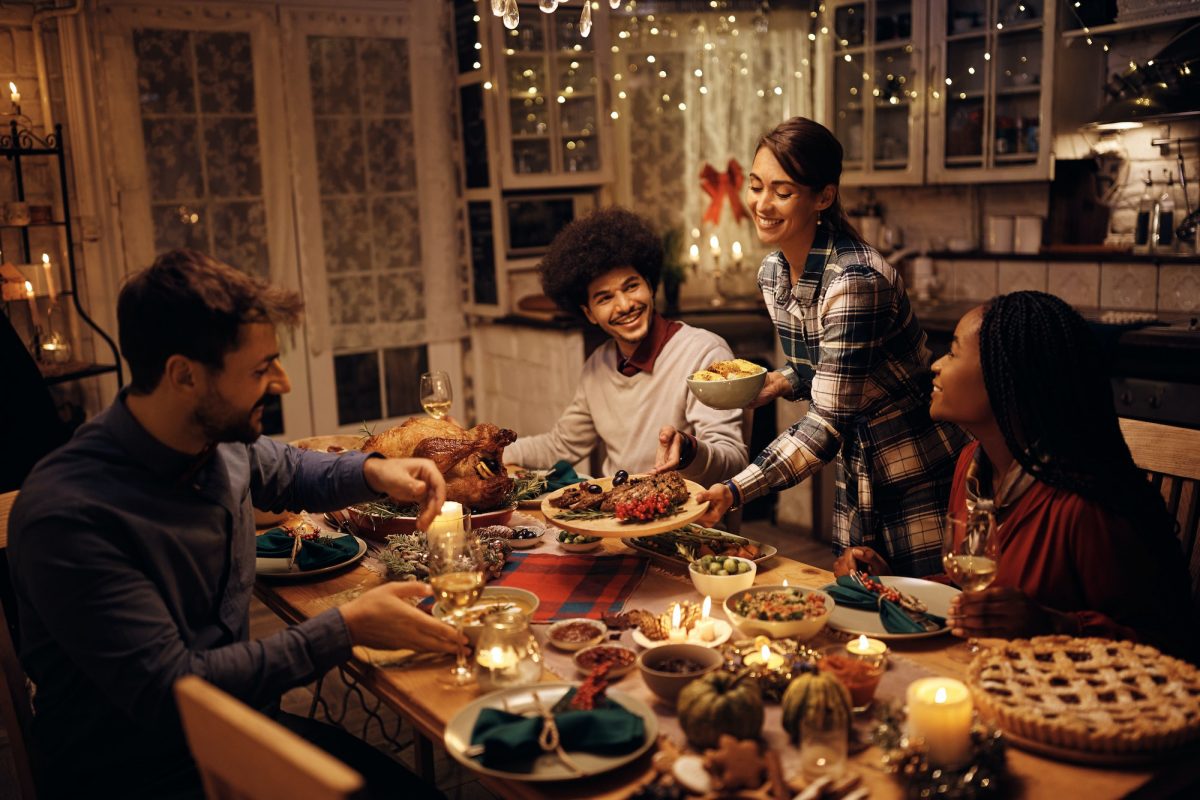Happy Holidays!! Maybe you have been to a few parties this season. Have you noted what makes a good host? There are people out there who make hosting a gathering effortless; it seems to come naturally to them. Well, that’s not me. Hosting people in my home is work, but I want it to be enjoyable for everyone, including me. I truly enjoy sharing time, food, conversation, and my home with others. So, I try my best to keep it simple. Here are some tips to help:
- Be prepared
Be dressed and ready to receive guests as early as possible. Have your food, beverages, and environment set up before your guests are scheduled to arrive because you may have early birds. Have a designated space for coats and purses to keep them contained in one place.
- Greet your guests
Make sure each guest is greeted by you or a designated person. You want people to feel welcomed when entering your home. Once they have been properly greeted, take their coats and bags, and guide them to where you want people to gather. Stay ready for additional arrivals at least 15 minutes after the designated start time.
- Provide options
Make sure you have food and beverage options so that there is something for everyone. Have water or another non-alcoholic beverage for those who choose not to drink. And try to provide a vegetarian/vegan option for those who may not eat meat. If you are serving a meal, you may want to ask in advance if there are any dietary accommodations that should be addressed.
- Mingle
It is imperative that you converse with each of your guests individually or in small groups. As the host, your attention needs to be split between all attendees. Do not spend too much time with a single person or group. You want to be inclusive and have each guest feel the personal warmth of your home and presence.
So, if you choose to take on hosting an event at your home, know that pre-planning can be helpful. If you focus on these few tips, you will take some of the work out of your hosting duties. It may also be helpful to have a co-host to share these responsibilities, as it is also important to stay on top of the flow of the event, the food and drinks, and any issues that may arise.
Now you are ready to host! But remember this final and most important tip…Have fun!!!










